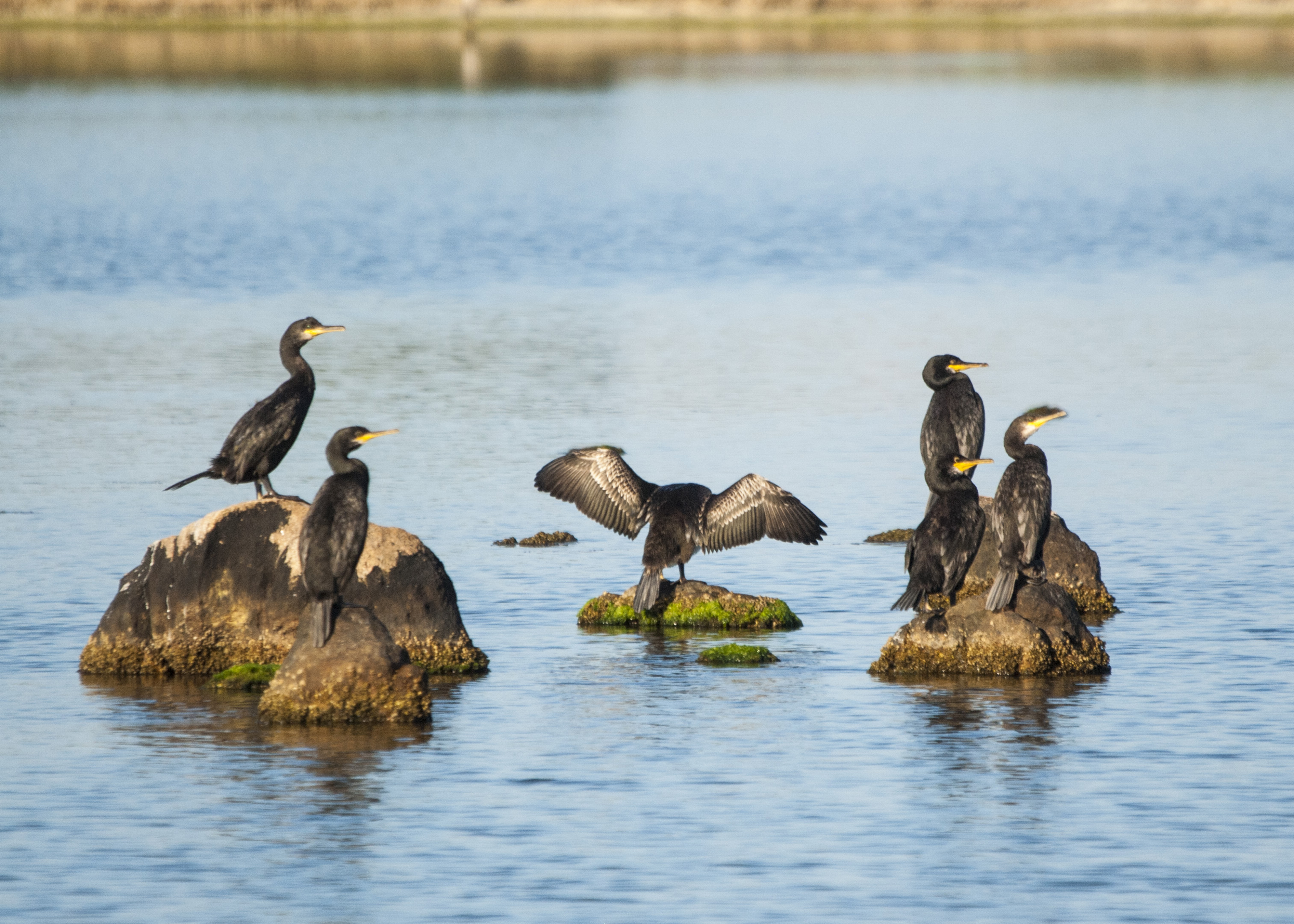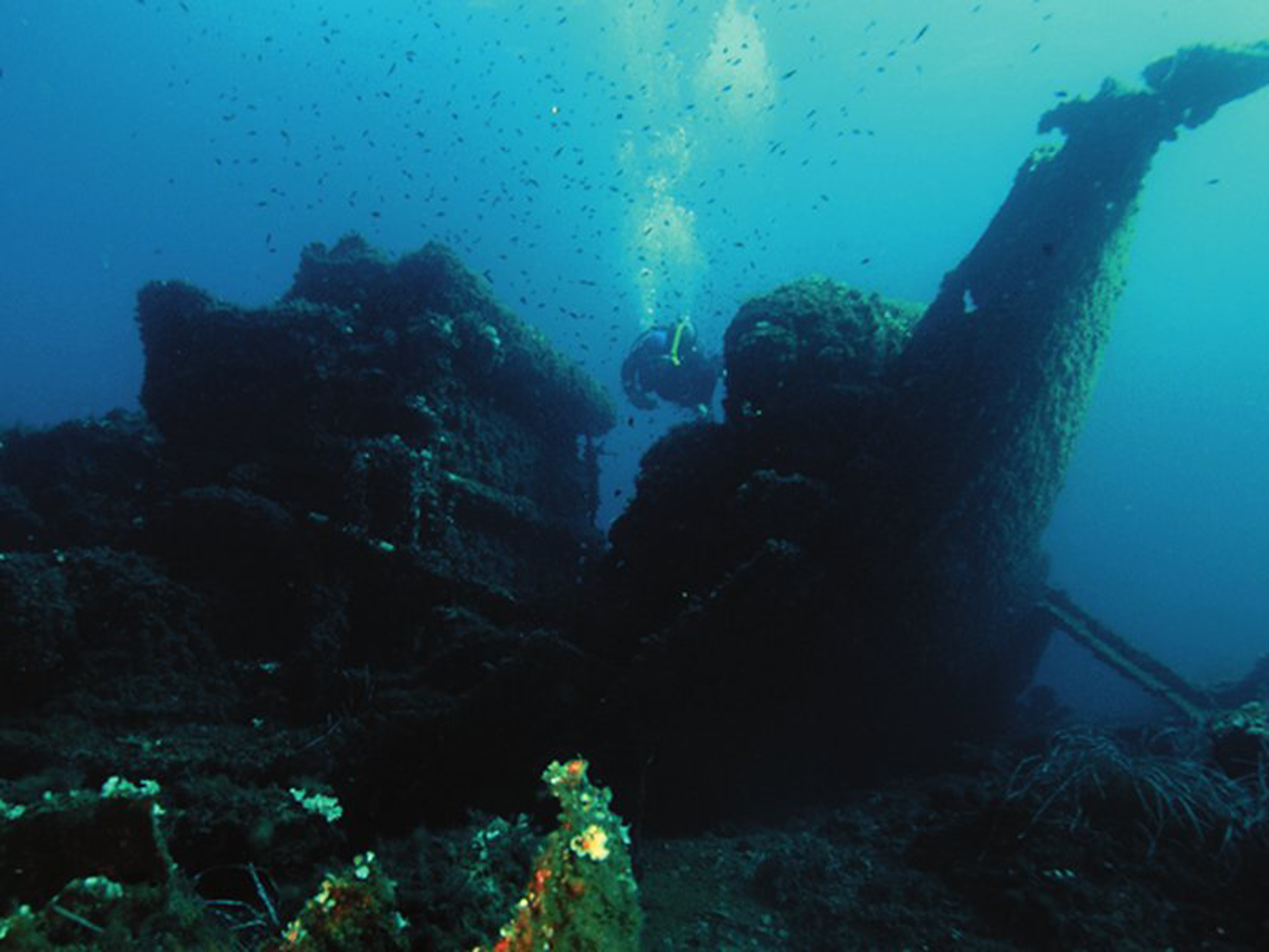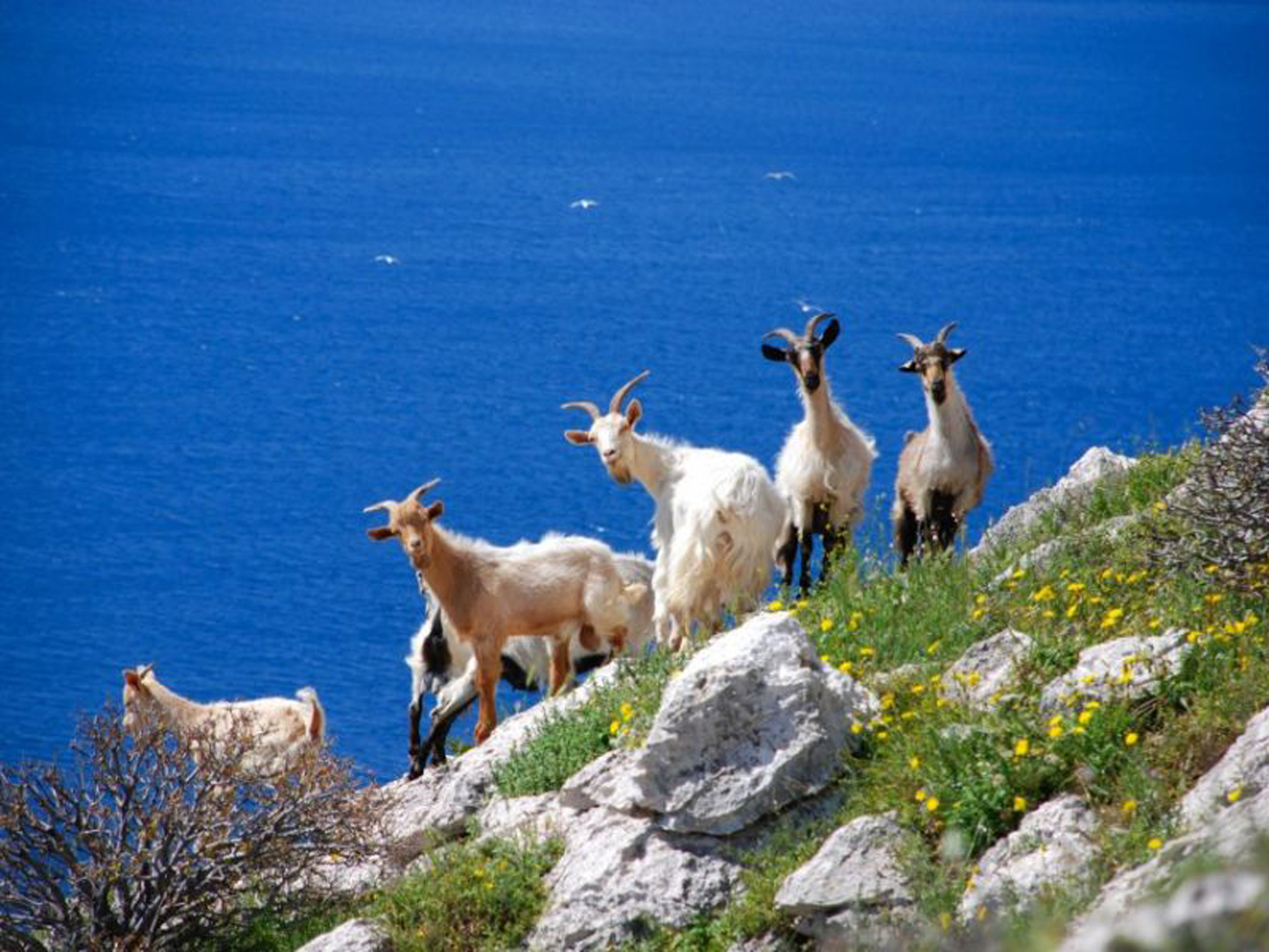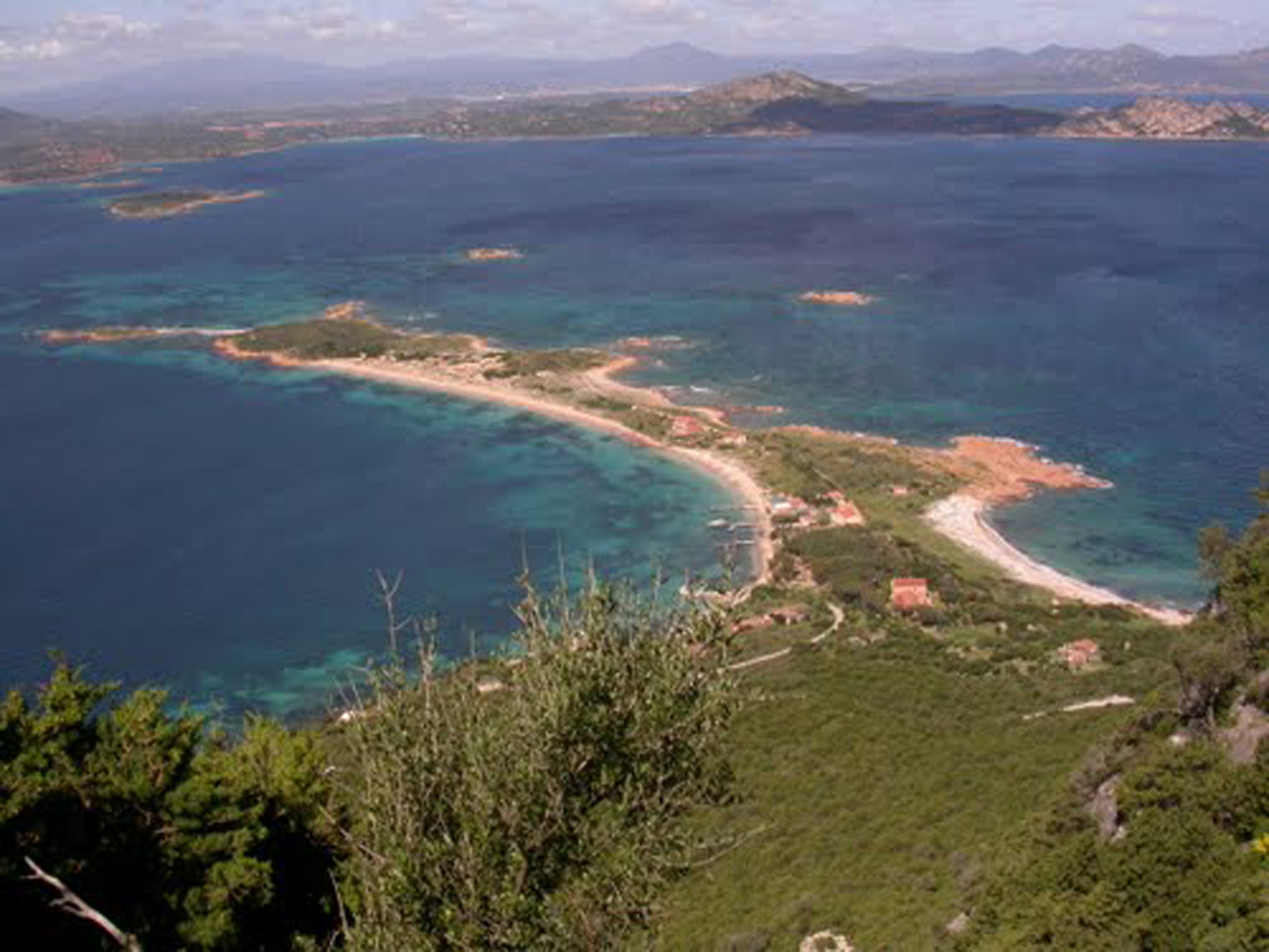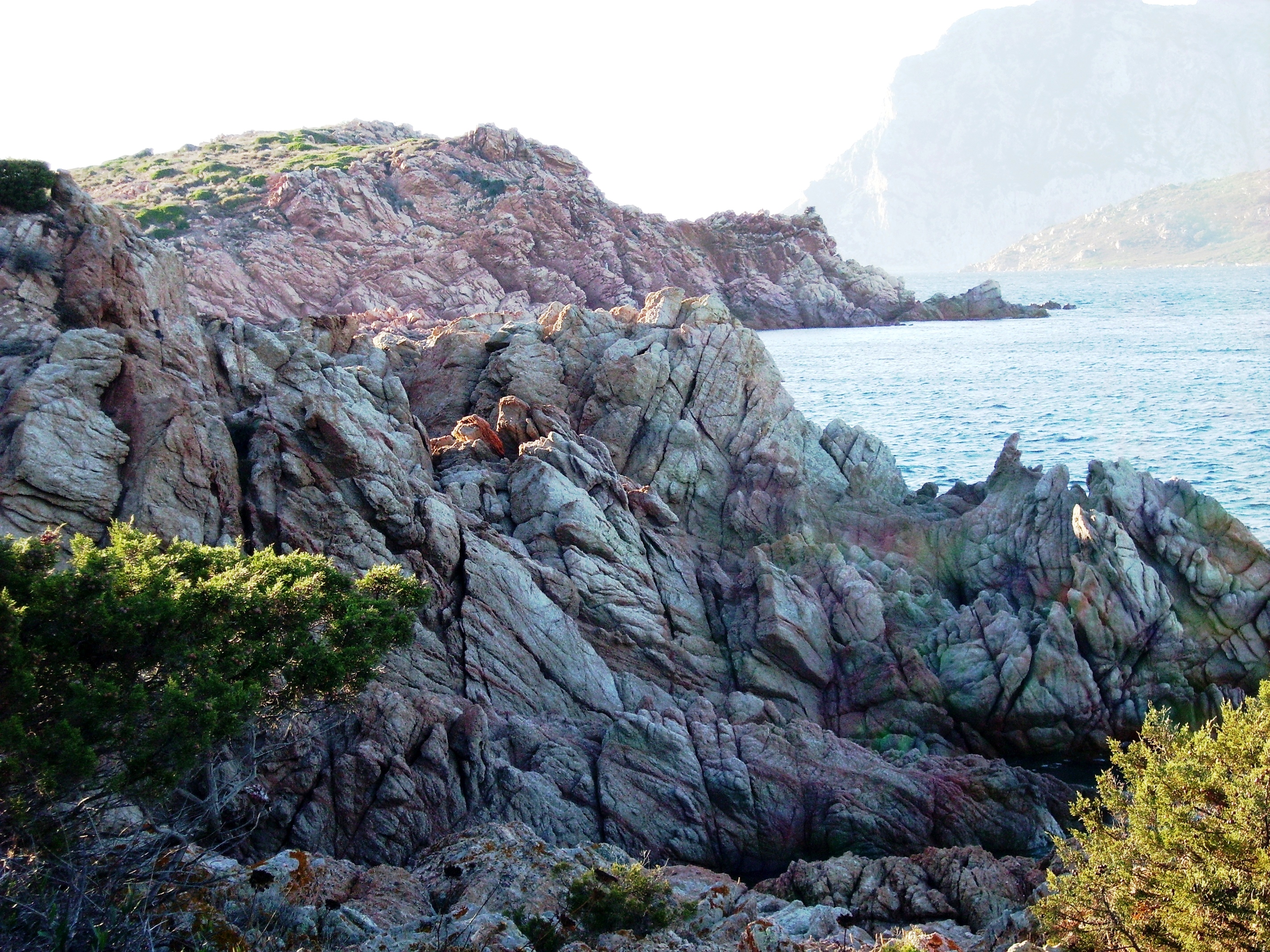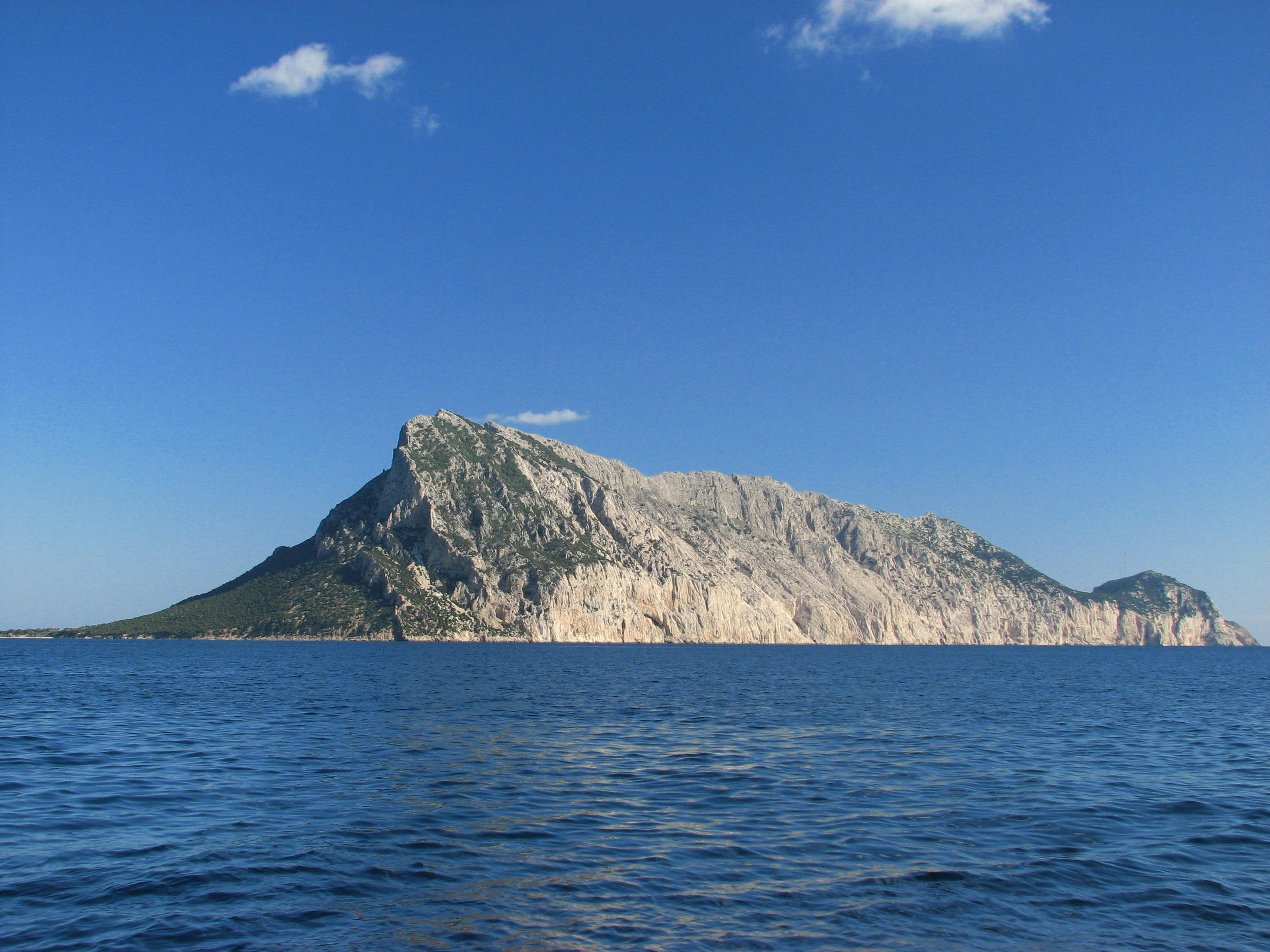
Tavolara Punta Coda Cavallo Marine Protected Area
This post is also available in:
 Italiano (Italian)
Italiano (Italian)
This protected area can be found on the north-eastern coast of Sardinia. It includes some 58 square miles of sea, thoroughly safeguarded due to the natural value of the marine and island environments, as well as ca. 25 miles of coastline, from Capo Ceraso to Cala Finocchi, south of San Teodoro; inlets, beaches, promontories and coves born from the erosive effect of the sea on the local pink granite are the main features of this landscape.
The island system consists of several islands. The main one is Tavolara, the “dragon island” that rises from the sea with steep vertical lines. The smaller islands, mostly made of granite, have gentler shapes, such as Molara, Molarotto, the island of Piana and the island of the Horses.
FLORA
This area is acknowledged as one of the most beautiful in Sardinia and features a striking abundance of plants and wildlife.
For instance, there are vast expanses of juniper, strawberry trees and phillyrea reaching out to the sea. The local flora includes more than 500 known species, many of which with limited distribution or growing exclusively on Tavolara Island – they’re probably among the rarest plants in the world. In addition to the abundant presence of endemic species (more than 34), this very island features some plants which were first discovered here, such as: Alyssum tavolarae, Limonium hermaeum, Asperula deficiens, Cephalaria Mediterranea, Campanula forsythii, Buphtalmum inuloides, and Centaurea filiformis.
The submerged environments include several types of Mediterranean corals at different depths and vast meadows of Neptune grass (Posidonia oceanica); that very marine plant constitutes the equivalent of an underwater forest and is a fundamental component of the Mediterranean ecosystem. Its abundance and state of conservation were one of the reasons that led to the establishment of this Marine Protected Area.
FAUNA
This protected area offers shelter numerous species of nesting seabirds. Yelkouan shearwaters (Puffinus yelkouan, locally known as “Tampesca”), for instance, nest in underground burrows from sea level to the highest altitudes, while there are also European shags (Phalacrocorax aristotelis desmarestii), common terns (Sterna hirundo) and little terns (Sterna albifrons), which lightly dive into the water to catch small fish; not to mention the rare Audouin’s gulls (Larus audouinii), found only in the Mediterranean Sea and many other species, including several birds of prey.
In the waters of the Marine Area, it is also possible to spot mammals and large cartilaginous fish, such as common bottlenose dolphins (Tursiops truncates), Risso’s dolphins (Grampus griseus), sperm whales (Physeter catodon) and harmless basking sharks (Cetorhinus maximus).
Among the invertebrates, there’s the Aplysina aerophoba sponge, the perfect evidence of a high environmental quality, noble pen shells (Pinna nobilis), and ribbed Mediterranean limpets (Patella ferruginea).
ARCHEOLOGY
The island of Tavolara, in addition to its very evocative natural landscape, is also interesting from an archaeological point of view, especially regarding the human traces dating back to about 37.000 years ago – a time when the island was still connected to the mainland.
Rock paintings and other traces of the “Bonu Ighinu” culture (middle Neolithic) have been found in the Pope’s Grotto (so-called due to the similarity of some rocks to the papal tiara).
The island is also characterized by the high and steep cliffs with prominent traces of water erosion: there are natural arches, coastal ducts, and caves interspersed with layers of debris, fossiliferous beds of conglomerates and sandstone, including the splendid beach of “Spalmatore di terra”: the only beach on the island and dating back to the last interglacial period with a sub-tropical climate.
This post is also available in:
 Italiano (Italian)
Italiano (Italian)
